It’s a commission that many photographers dream of—a residency on an Antarctic cruise ship—and I was lucky enough to get that opportunity. And even more lucky to take the five-week trip and return just before the first Covid lockdown stopped the industry for the foreseeable future.
Start of an adventure
January 12, 2020, saw me flying from Aberdeen in Scotland to Ushuaia, the capital of Tierra Del Fuego and the southmost port in Argentina.
My job on the ship Expedition, run by G Adventures, was to give photography lectures, help the guests with any photography related issues and produce a slide show of the trip at the end of the voyage.
I was ‘booked’ for two cruises: First was the Shackleton, to the Antarctic Peninsula, South Georgia Island and then the Falkland/Malvinas islands; the second trip was again leaving Ushuaia then down to the Antarctic peninsular but travelling further south and crossing the Antarctic circle.
There was a lot to learn upon arrival at the ship, not just the layout but the system of how things would run on a day-to-day basis with and for the guests. They arrived a few hours after me, but most of the crew, having been on the previous cruises, were already on board.
Following Drake
After a relatively calm two-day crossing of the infamous Drake Passage, potentially one of the roughest seas in the world (seasick tablets are highly recommended), we arrived in Antarctica. For forty-five minutes (the maximum permitted time), we stopped engines and watched a pod of humpback whales ‘bubble net’ feeding around the ship. Four or five of them would dive and reappear a few minutes later, breaking the surface more or less together, with their enormous mouths wide open and take a massive gulp of the fish or krill they had encircled. It was an inspiring start.
Virtually all the 120 guests were on deck, taking photos with everything from mobile phones to 600 mm lenses. There was something of a polite crush along the rails and I, being a member of the crew, had to let them go first. It was at times throughout the trips something of a frustration seeing photos disappear before my eyes while I searched for a vantage point, trying not to disturb other people.
During the first couple of days, we all had to go through a bio-security programme. When landing, no food was to be taken ashore; we could take only water, and under no circumstances was anyone permitted to relieve themselves. All external clothing had to be checked by the expedition crew and vacuum cleaned to remove any seeds that may germinate and cause an invasive species to take hold. This was even more thorough upon arrival a week later, with everyone’s coats and bags being checked by staff from the South Georgia Government.
Walking alone
Landing days were much the same for me wherever we were; a 7 am breakfast and then down to the ‘mud room’, the departure point for the zodiacs. If I were lucky, I would go ashore on the first zodiac with just the expedition leader and any advance crew who would decide if conditions were safe enough for a landing. This gave me time alone on shore while the zodiacs returned for the guests. Those 30 minutes were a privilege, walking alone across the rocks or on a beach watching, listening and smelling the wildlife.
Half the guests would go ashore, with the other half taking a ‘cruise’ in the zodiacs around the icebergs and cliffs or head straight for any wildlife sightings. Then everyone would swap. At any landing point, a maximum of 100 people are permitted to land, so splitting the guests into two groups gave everyone equal opportunities.
Three hundred thousand’s a crowd
Depending on where we were, it could be hundreds of nesting gentoo or adelie penguins. On one beach on South Georgia Island, it was three hundred thousand, one meter-high king penguins. It wasn’t just the amount of wildlife that stunned me; it was seeing the way they related to each other. Once, I watched as a juvenile fur seal got too close to a moulting elephant seal, the elephant seal produced a sort of guttural grunt from its mouth, its breath turning to steam in the cold air, the fur seal seamed unperturbed and turned away. Another time a snowy sheathbill pecked at the nose of an elephant seal which hardly reacted at all.
Other memorable incidents include Matt, one of the zodiac drivers, telling a juvenile leopard seal not to bite our boat as it surfaced numerous times, literally inches from the rubber tubing. I lowered a GoPro on a selfie stick into the water and got a short video clip of the seal underwater. Definitely not something to do with your hand and a GoPro because leopard seals have a serious set of teeth.
Besides the lectures, I had plenty of people asking for help with their cameras, with every imaginable variety of software installed. “How do I photograph flying birds passing the ship with my compact fixed lens camera?” perhaps being the most tricky problem.
Mudroom
It was an amazing experience but exhausting. I had never been to the Antarctic before and don’t expect to get the opportunity again, so I not only wanted to get good photos for myself but had to keep the slideshow constantly in mind, which meant getting photos of the guests as well as the wildlife.
Shooting up to 1,000 photos a day and editing them as I went along so as not to become overwhelmed meant a lot of computer time in my shared cabin. While my roommate would have a mid-day nap, I would get the morning photos under control, get some lunch and be back down in the mudroom helping guests board the zodiacs again for the afternoon trips.
This editing process would be repeated at the end of the day with the requirement of one or two photos of the day needed for the evening debrief for the guests. On one accession, I literally had five minutes to download the photos and run-up to the lounge and upload a couple of shots.
Hot news
On a brief visit to the expedition crew’s office one lunchtime, I checked my emails. The internet was only possible for about half of the cruise, given our location. I found a message from my picture editor; I now work as a full-time photographer at the Press and Journal, a regional Scottish newspaper. It asked if I had any photos they could use the next day to illustrate a story on the highest temperature ever recorded in the Antarctic.
I had about five minutes before I had to be in a zodiac, so I plugged in the memory stick I had with me of the morning’s photos and sent a couple off to the newspaper. Hot news from the Antarctic indeed.
Apart from the obvious stunning wildlife, two things stood out for me on the trip. With the incredible scale of the wilderness, we travelled down the peninsula for several days, covering hundreds of miles, yet we had barely moved on a map of the continent. The snow-covered mountains washed in red at sunset will stay with me forever, with icebergs passing the ship as we headed south down the Antarctic peninsula.
The lack of visible pollution also sticks in my mind, no plastic strewn beaches or litter anywhere and the clarity of the air. While there is now nowhere on earth untouched by humans, this is surely the nearest to it. The great whales in Antarctica were almost hunted to extinction. Yet, humanity managed to come to its senses just in time, and the humpbacks at least are bouncing back with daily sighting from cruise ships a regular occurrence throughout the summer.
Going to Antarctica had been a lifelong dream and one I never thought I would achieve. With over ten thousand photos on a couple of hard drives, it is also one that I will continue to enjoy for some time to come.

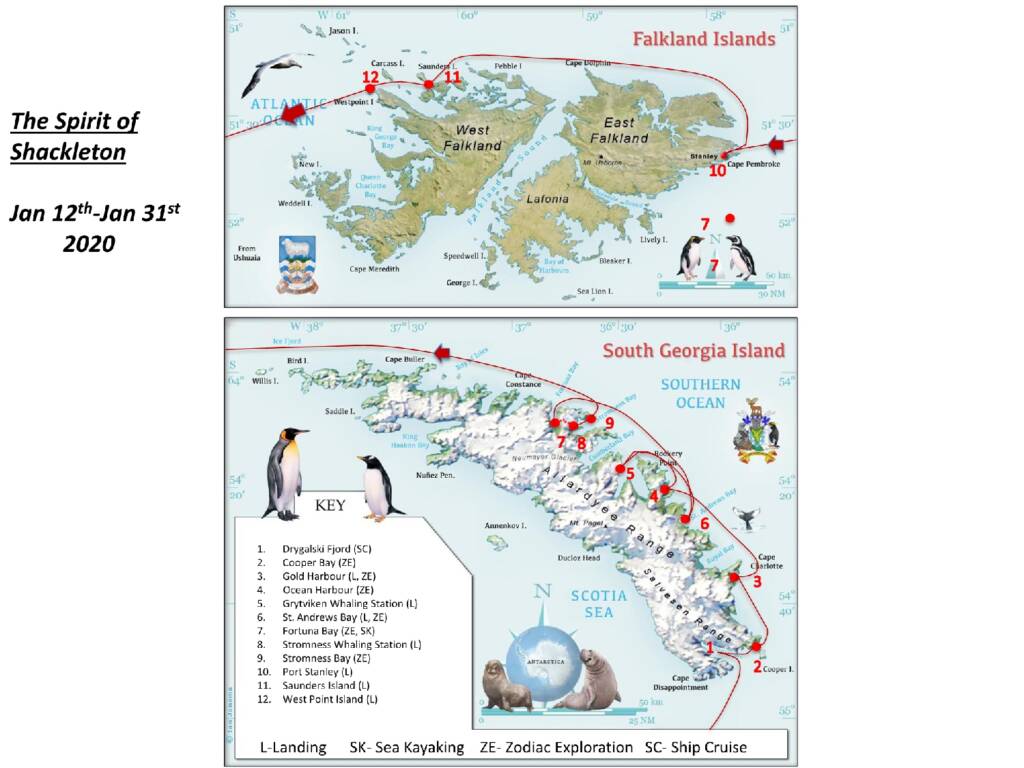
See more from Paul Glendell
Paul’s work is being exhibited at Books and Beans Cafe, Belmont Street, Aberdeen until the end of June.
Paul’s website
The gear: For this trip, Paul used a Nikon D4s and D800 with the 28-70 f/2.8, the 70-200 f/2.8 and the 300mm f/2.8
Join the Macfilos subscriber mailing list
Our thrice-a-week email service has been polished up and improved. Why not subscribe, using the button below to add yourself to the mailing list? You will never miss a Macfilos post again. Emails are sent on Mondays, Wednesdays, and Fridays at 8 pm GMT. Macfilos is a non-commercial site and your address will be used only for communications from the editorial team. We will never sell or allow third parties to use the list. Furthermore, you can unsubscribe at any time simply by clicking a button on any email.

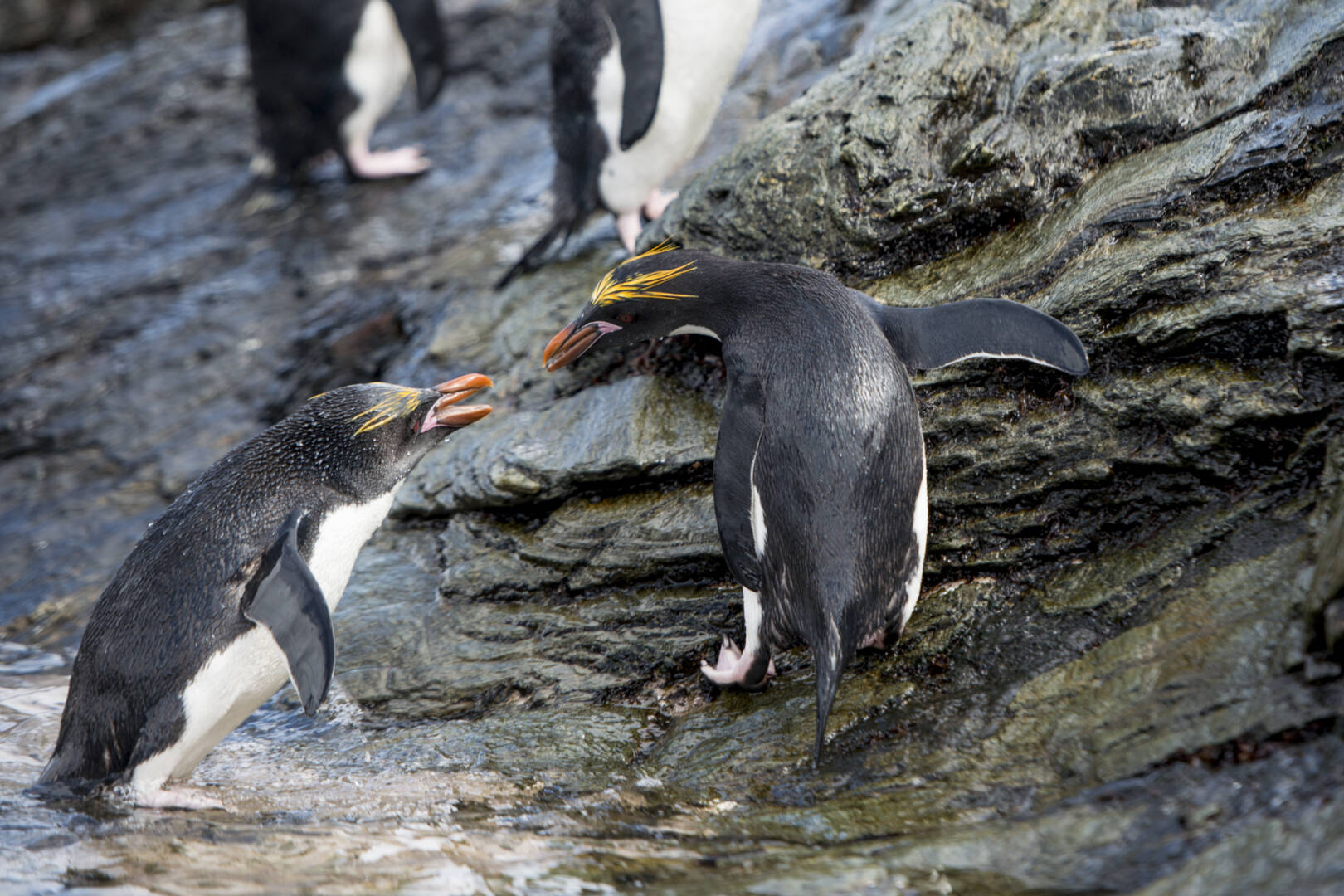










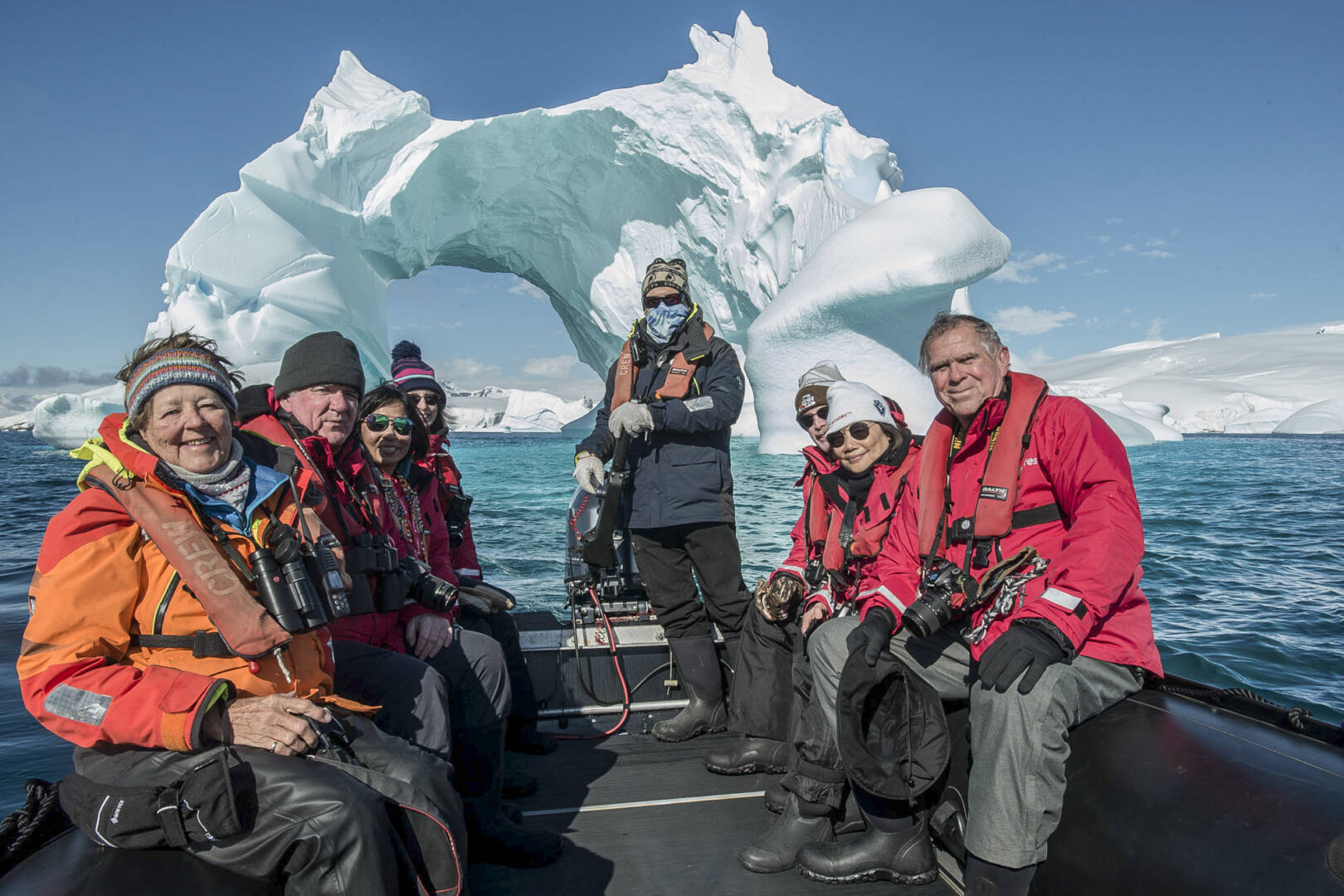




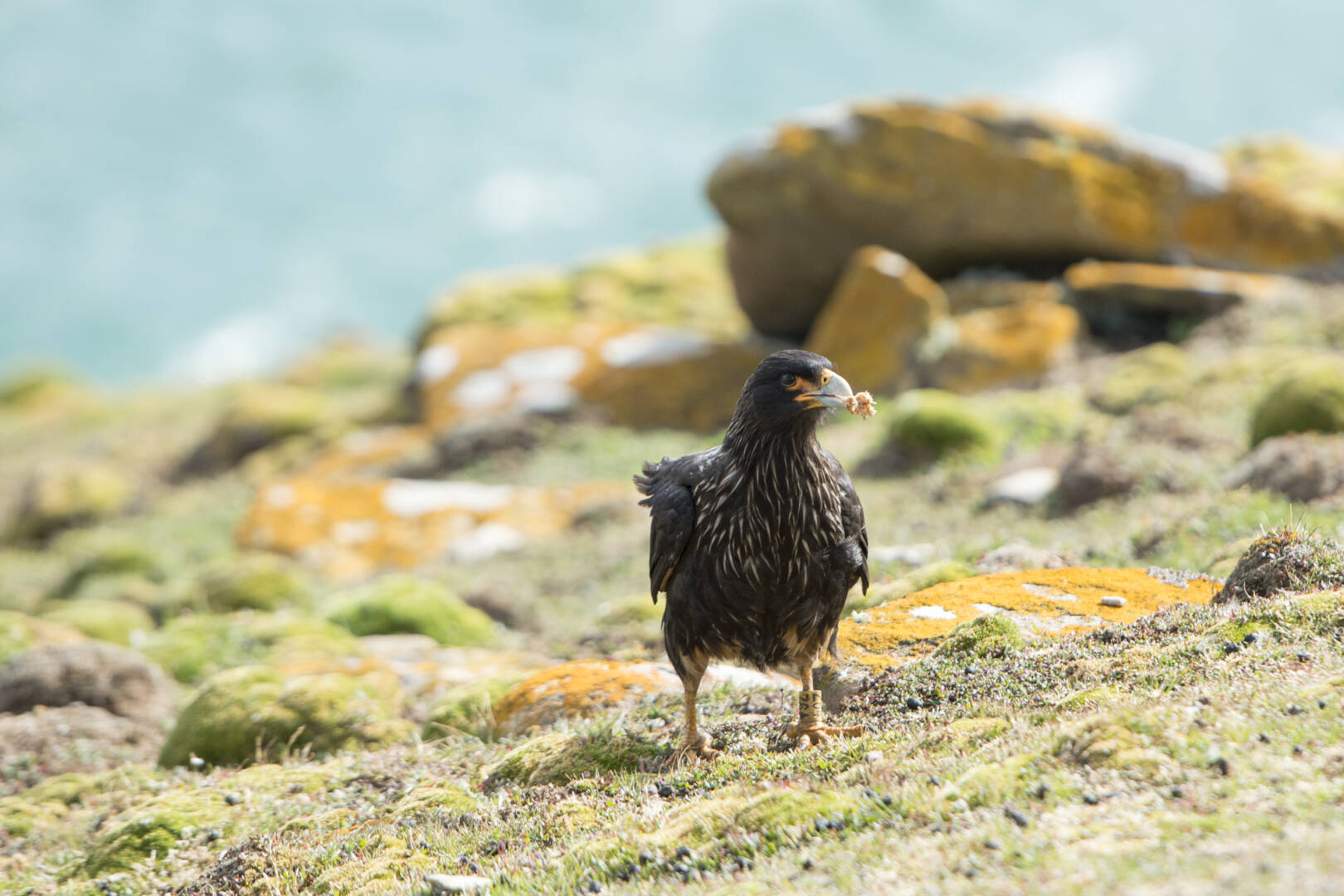




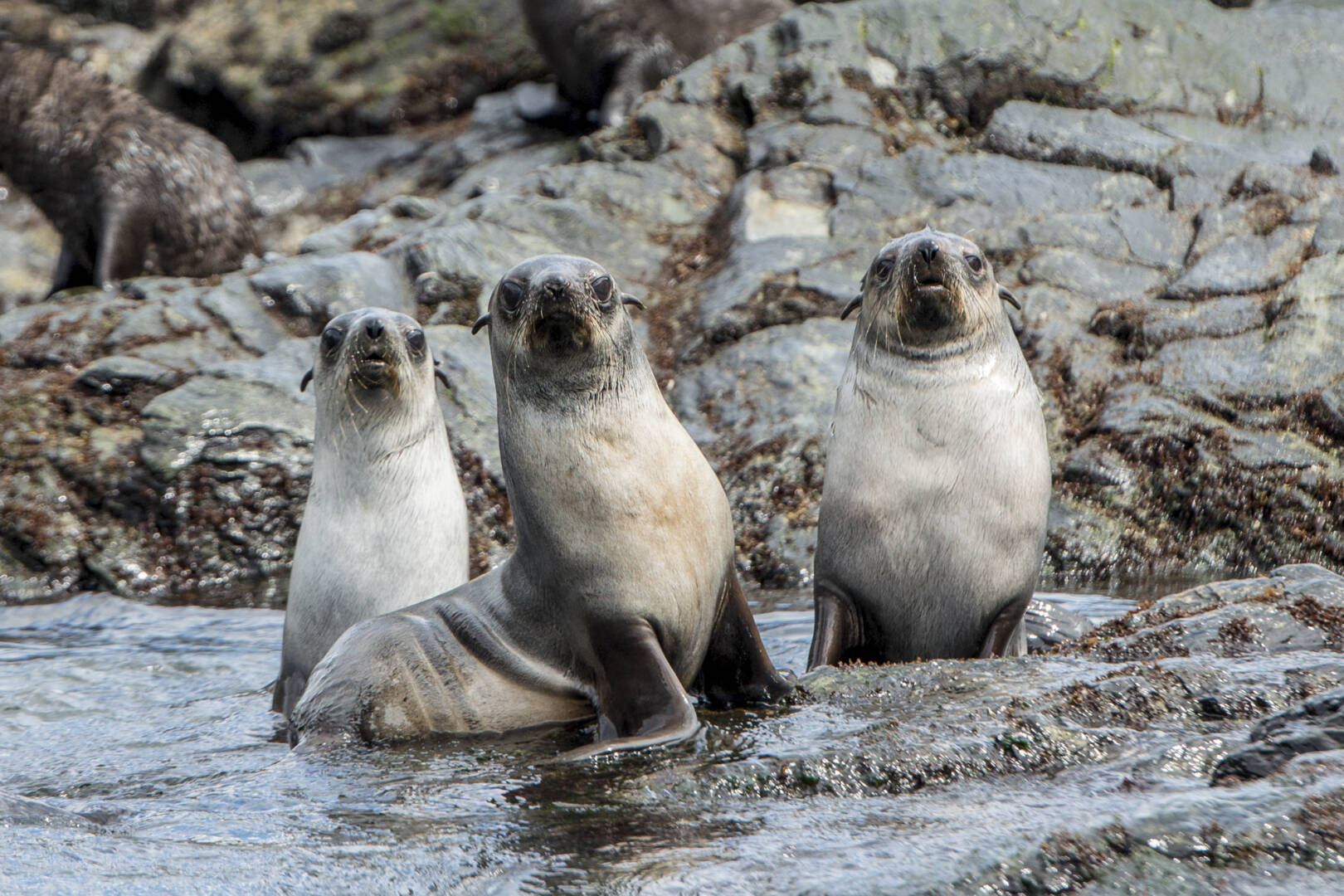
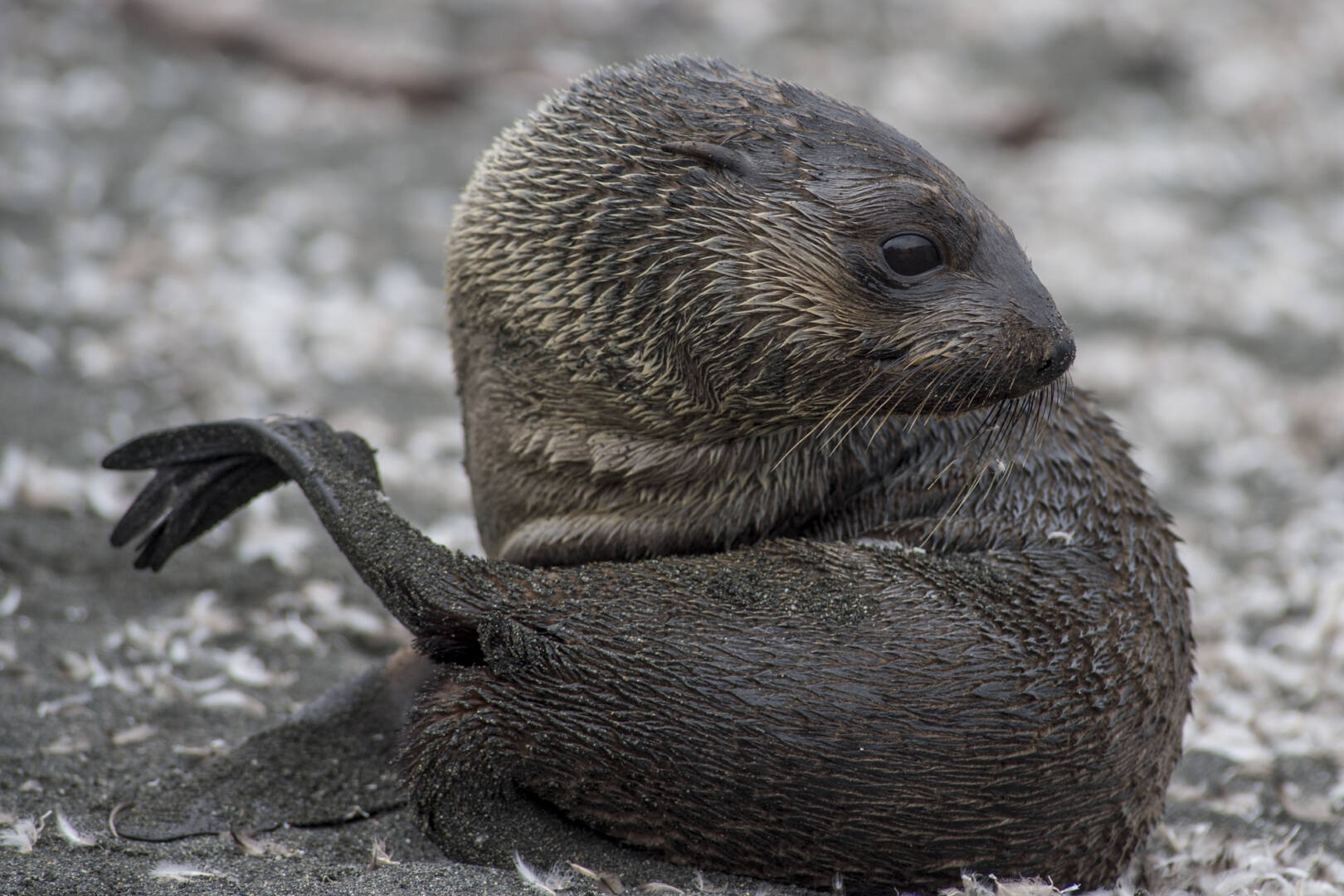




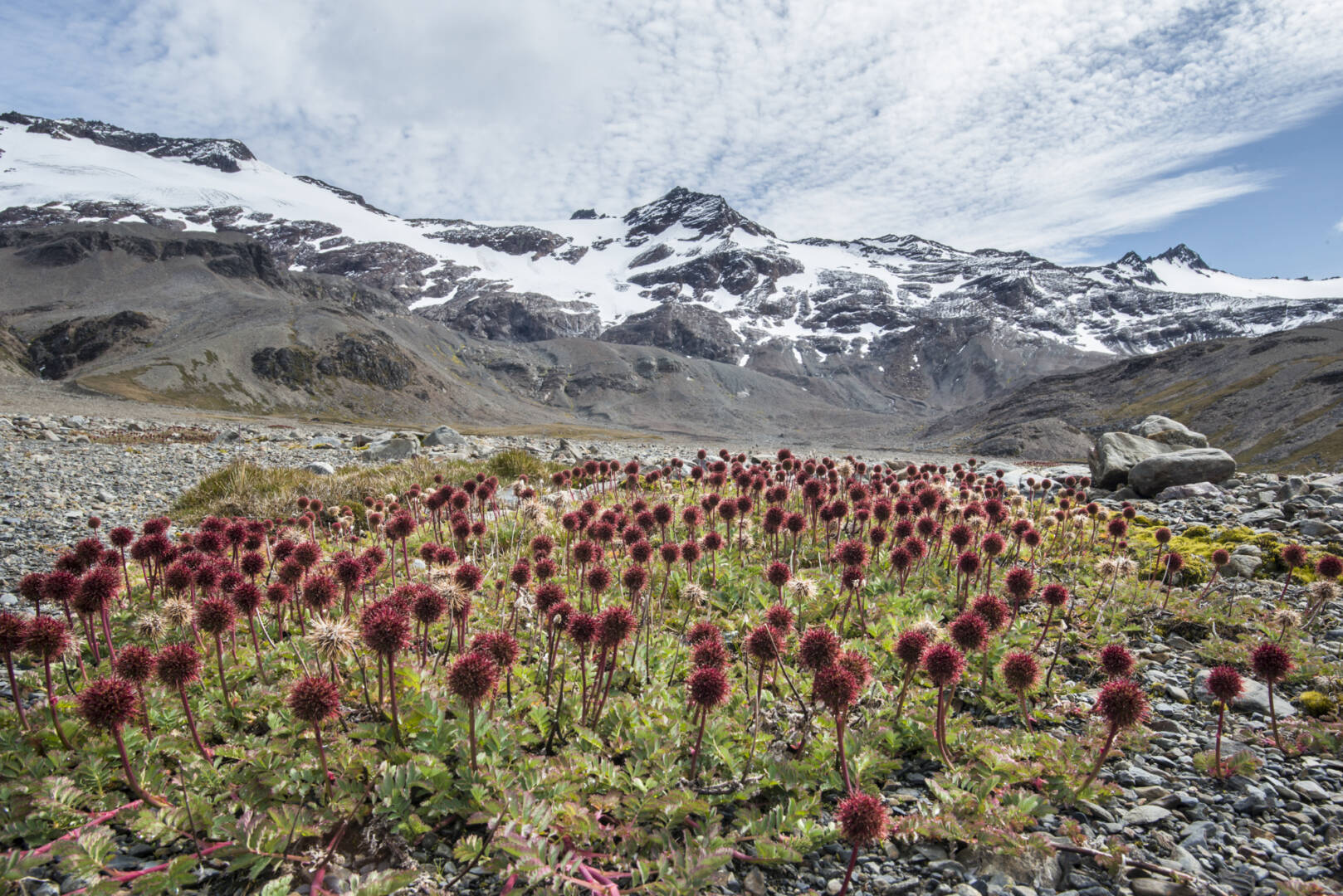

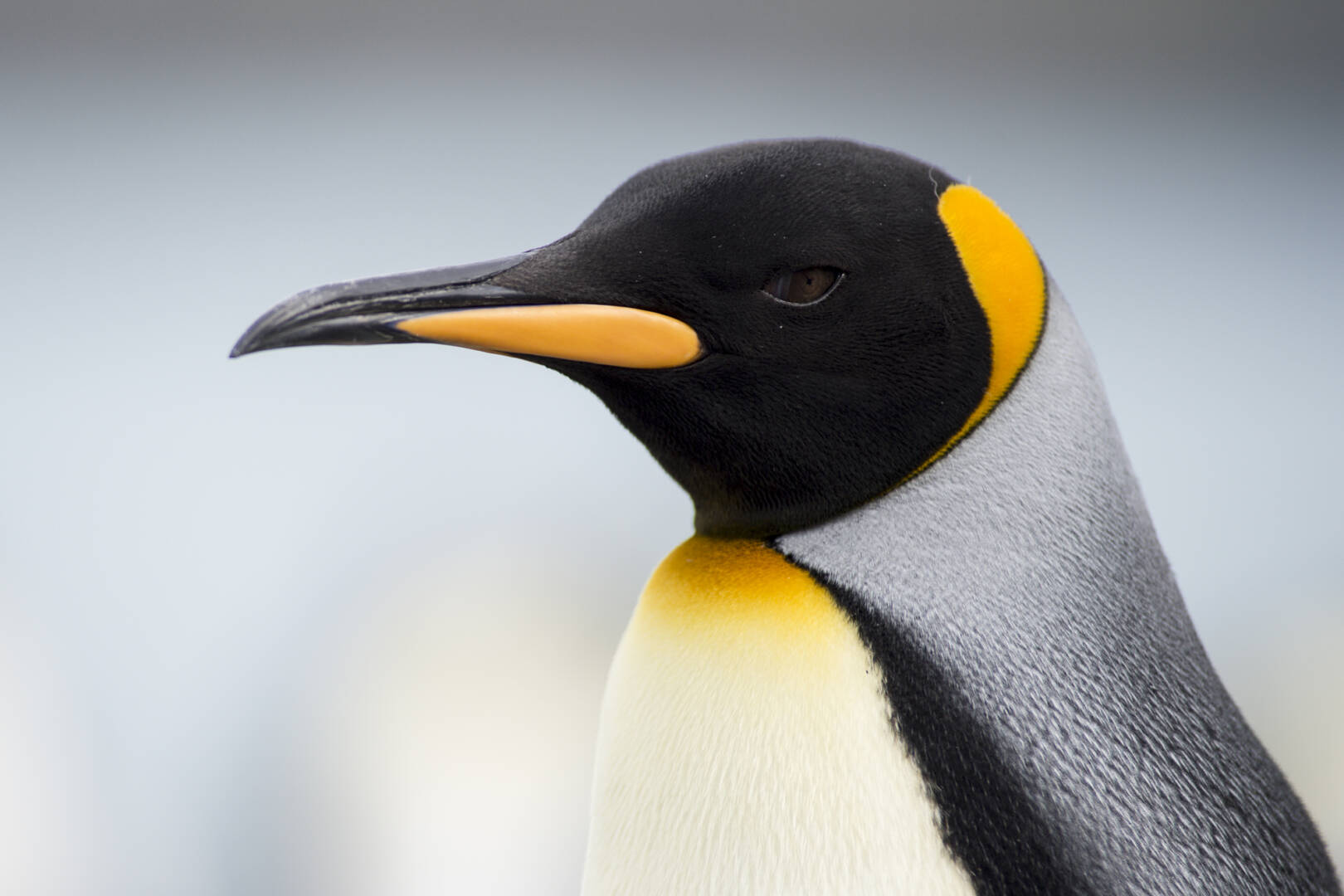
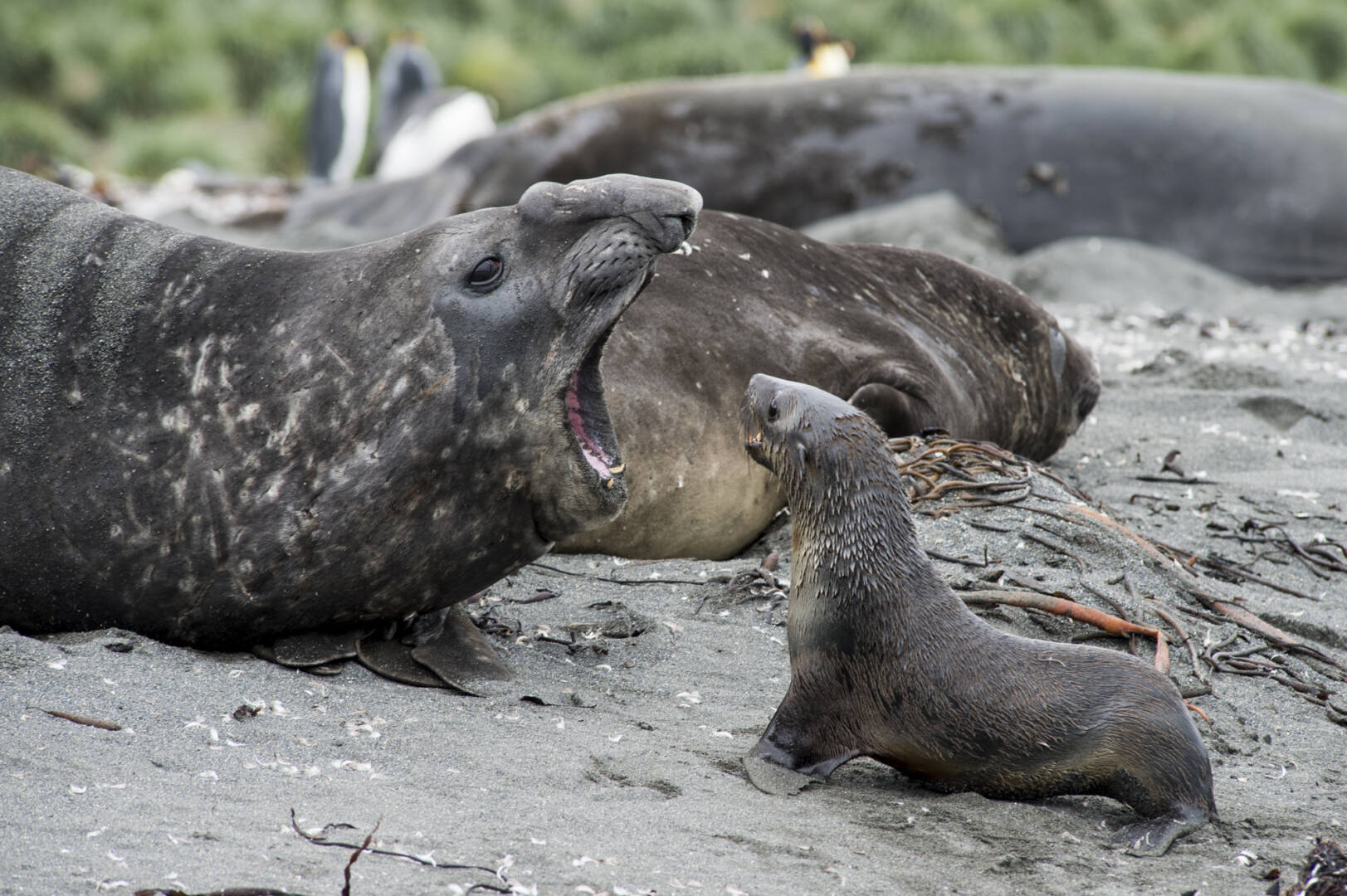
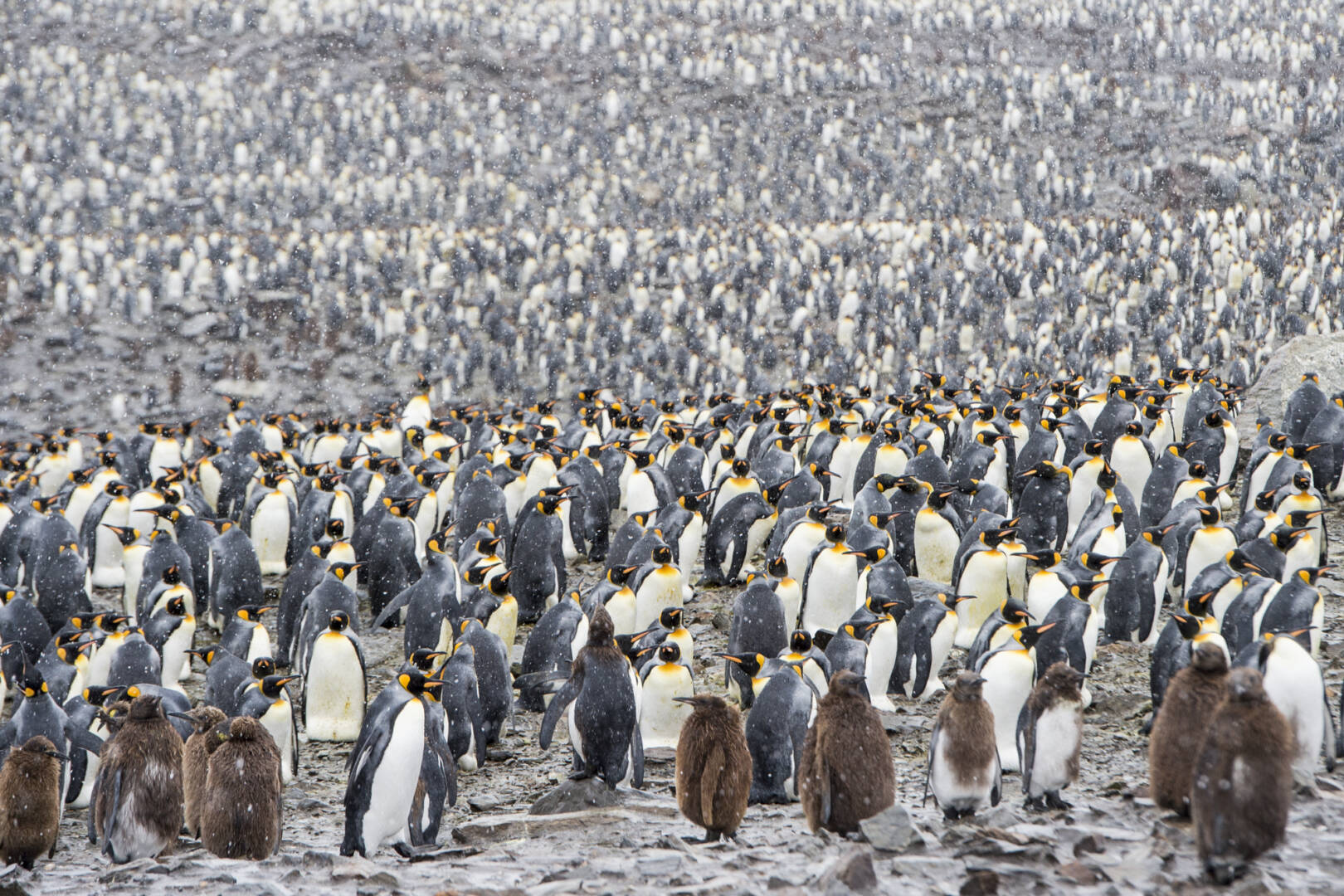

Absolutely beautiful shots and a great account of a trip I would love to do! Though I’ve no doubt I’d be constantly – and violently – ill the entire time. Thanks so much for sharing
What a great article! I think your choice of gear 800 & 4s are great warhorse cameras. That’s a trip for your grand kids to memorialize! Thank you really enjoyed the article.
Paul, I enjoyed your wonderful article and pictures. In contrast to the novice photographers, you mention there was also some serious kit in use. Did you learn anything from the experts among the guests?
Thanks to everyone who has commented, it really was the trip of a lifetime. I will probably never go back but I will always be an ambassador for Antarctica. It is special.
Great images Paul. Truly wonderful to see.
How did you arrange the penguin chicks to be in the foreground of the massed penguin image in South Georgia? Special.
Hello, I had a chat with the camera team that work with David Attenborough and they gave me a penguin contact to set it up for me.
Cheers Paul. Excellent preparation planning! 😀
It’s a wonderful image. Layers and depth.
Fabulous photos, Paul, particularly the wildlife shots. Great to see you expanding your activities to a polar region. I suppose the most important thing is to maintain a balance between preserving one of the last great wildernesses on the planet and commercial/recreational needs. It is also important that the Antarctic continent is recorded, particularly as regards the effects of global warning. Explorers, such as Scott and Shackleton ensured that they had first class photographers, like Ponting and Hurley, among their crew as they realised the need to show the rest of the world what was there.
I know that some of Shackleton’s family here in Ireland (he was from Athy in County Kildare) have been involved in leading trips to the Antarctic in recent years, so the tradition is being carried on today. It is a lot more comfortable these days, but it is just as important to record what is there and to spread the message around the world.
William
Hello William, thanks for your comments. Its a very difficult question, taking the public to antarctica verses the cost to the environment of doing so. I personally struggled a bit with my conscience over it. My ‘cop out’ to some extent is that the flights to get there were the only long haul flights I have ever done. With regards to people visiting the continent G Expedition at least make a real effort to educate the guests about the problems of climate change and species loss generally. Lots of really good films are show to guests. I could go on but I am sure you get the point. The Humpback whales and seals have come back in large numbers since the end of whaling in Antarctic so they act as a great example of what can be done if humanity acts responsibly.
Thanks, Paul. I asked this because I know of your interest in the preservation of natural areas and I recall a piece which you had on the BBC website about a situation in Scotland some years ago. I think it is good, though, that people are visiting the Antarctic and are spreading the word about one of the last great wildernesses and the precautions that are being taken in respect of bio-security seem to be very good. The Antarctic contains a lot of mineral and other resources, but there is a moratorium on mining and oil exploration until 2048. Hopefully by then our reliance on fossil fuels will have reduced dramatically.
William
Paul. Thank you for writing a fascinating article with its balance of text and images. Once again, Macfilos takes us to the far corners of the earth.
As you said, it was hard work, but I suspect you also have a range of skills for the job: a photographer, a public speaker and a lot of emotional intelligence to deal with questions such as:
“How do I photograph flying birds passing the ship with my compact fixed lens camera?”
How did you deal with this question? Just because a client doesn’t have decent photographic kit for that situation, the challenge is always to try and make the best of the equipment that they do have. I suppose you could have lent the client your camera and given him/her the images to take home but in your situation perhaps you wouldn’t want to hand over your treasured camera only to see it dropped over the side of the ship.
I am sure you dealt with all situations like this with tact and diplomacy.
Hello Chris, from memory my best suggestion was take lots of shots and crop it afterwards. I and not sure what the result was. Thanks for your comment
Thanks Paul for taking us on a wonderful journey through the Antartic. Your images are absolutely superb accompanied with a great text. The only souvenir I have of skuas was on the Orkneys mainland. I don’t know if their distanat cousins in the Antartic are as agressive as the Orkney ones who sometimes attack you while walking on the cliffs. The Press and Journal reminds me of the language staffroom at Aberdeen Grammar where I taught some 40 years ago, so thank you as well to taking me on memory lane as well.
Jean
Great photos and a fabulous opportunity that you clearly made the most of. My meager attempts at nature photography pale by comparison. I hope you were able to capture some images of those sunsets on the mountains.